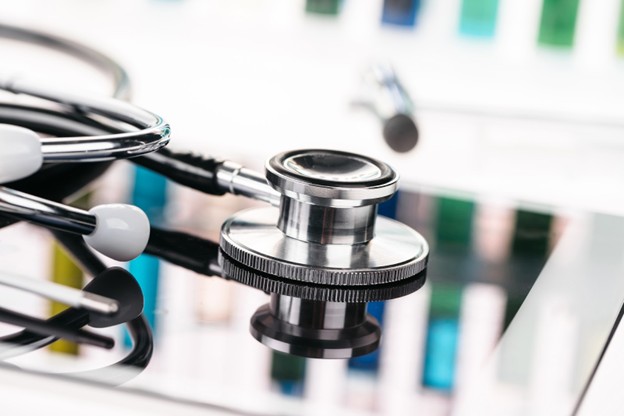
For anyone working in the medical industry, you understand that the stethoscope is one of the most-utilized pieces of equipment. Because of this, it requires a diligent cleaning routine that can keep it clean from contaminants and germs, and will endure over the years to come.
So take a look at some of the tips below on how to care for and maintain your stethoscope.
Disinfect Daily
Stethoscopes should be cleaned each day after use with isopropyl alcohol, and many healthcare professionals even clean the bell between patients. Either way, you need to give it a good cleanse at the end of each shift so it’s ready for use the next day. Doing this can help prevent the spread of germs and contaminants.
Even still, you should never submerge your stethoscope fully in any liquid, nor should you subject it to any sterilization methods. In addition, you shouldn’t use hand sanitizer as a substitute either because of the fragrances and other oils that may be present.
Deep Cleaning
The diaphragm and ear pieces on your stethoscope should be cleaned on a regular basis, though it doesn’t have to be part of your daily routine. You should be able to easily dismantle your stethoscope to remove these pieces, and you should clean them with the same isopropyl alcohol as we discussed above.
Dry Completely
Following your regular daily cleanings or the frequent deep cleanings of the diaphragm and ear pieces, you need to make sure all parts are completely dry before you reassemble your stethoscope or store it away. If the pieces are still damp when stored, you may accidentally trap some moisture within the pieces and make the stethoscope less accurate.
Use the Proper Storage Container
Stethoscopes should always be stored and kept away from direct sunlight, which can be damaging on its tubing, retaining rings, and diaphragm. So look for storage containers that will keep the stethoscope out of the sun and protected from other elements and substances. Finding a lightweight and convenient case will make sure you’re always storing it away and keeping it free from damage.
By following the above tips, you can make sure your stethoscope will perform well over the long-term, and is clean and ready for use in a hospital setting.
-
Written by Bailey Schramm



